MF:C13H20N2O
MW:220.31
EINECS:211-957-0
Synonyme:astra1512 ;astra1515 ;Citanest;L 67;l67 ;n-(2-methylphenyl)-2-(propylamino)-propanamid ;o-Methyl-2-propylaminopropionanilide;o-Methyl-alpha-propylaminopropionanilide
Verwendung
Prilocaine topical may also be used for other purposes not listed in this medication guide.
For a variety of surgical epidural block and infiltration anesthesia Prilocaine topical is a local anesthetic (numbing medication).It works by blocking nerve signals in your body.Prilocaine topical is used to numb the skin, or surfaces of the penis or vagina, in preparation for a medical procedure or to lessen the pain of inserting a medical instrument such as a tube or speculum.
Beschreibung
Prilocaine is a local anesthetic of the amino amide type first prepared by Claes Tegner and Nils Lö Fgren.In its injectable form (trade name Citanest), it is often used in dentistry.It is also often combined with lidocaine as a preparation for dermal anesthesia (lidocaine/prilocaine or EMLA), for treatment of conditions like paresthesia.As it has low cardiac toxicity, it is commonly used for intravenous regional anaesthesia (IVRA).
Anwendungen
Prilocaine topical is a local anesthetic (numbing medication).It works by blocking nerve signals in your body. Prilocaine topical is used to numb the skin, or surfaces of the penis or vagina, in preparation for a medical procedure or to lessen the pain of inserting a medical instrument such as a tube or speculum.
Procain ist ein Lokalanästhetikum aus der Gruppe der Aminoester. Es wird hauptsächlich zur Schmerzlinderung bei der intramuskulären Injektion von Penicillin eingesetzt, und es wird auch in der Zahnheilkunde verwendet. Aufgrund der Allgegenwärtigkeit des Handelsnamens Novocain, in some regions procaine is referred to generically It acts mainly by being a sodium channel blocker.Today it is used therapeutically in some countries due to its sympatholytic, Antiphlogistikum, Durchblutungssteigerung, and mood enhancing effects.Procaine was first synthesized in 1905,shortly after amylocaine.It was created by the German chemist Alfred Einhorn who gave the chemical the trade name , from the Latin nov- (meaning new) and -caine, a common ending for alkaloids used as anesthetics.It was introduced into medical use by surgeon Heinrich Braun. Prior to the discovery of amylocaine and procaine, was the most commonly used local anesthetic. Einhorn wished his new discovery to be used for amputations, but surgeons preferred general anesthetic. Dentists, jedoch, found it very useful. Einhorn was displeased by this and spent many years touring
dental schools to advise them not to use it.
Spezifikation
| Produktname |
Prilocain |
| Alias |
2-(propylamino)-o-propionotoluidid, xylonest |
| Assay (%) |
≥ 99.00 |
Odor |
Characteristic |
| Farbe |
weißes kristallines Pulver |
Schmelzpunkt |
/ |
| Molekularformel |
C13H20N2O |
Molekulargewicht |
220.31 |
| Cas No. |
721-50-6 |
EINECS-Nr. |
211-957-0 |
| Standard |
USP / BP |
| Main Functions |
Lokale Betäubung. |
| Anwendungen |
Pharmaceutical fields |
| Paket |
Aluminum foil bag inside+ Carton box outside;1kg/Beutel,25kg / Straße; |
| Shelf Life |
36 Monate |
| Lagerung |
In verschlossenen Behältern kühl lagern & trockener Platz. Von Licht fernhalten, Feuchtigkeit, Schädlingsbefall. |
Other Related
| Schmerzlinderndes Anästhetikum Anodyne |
| Name |
FALL |
| Tetracainhydrochlorid |
50-41-9 |
| Procain |
59-46-1 |
| Tetracain |
94-24-6 |
| Pramoxinhydrochlorid |
637-58-1 |
| Procain HCl |
1951-5-8 |
| Lidocain |
137-58-6 |
| Dibucainhydrochlorid |
1961-12-1 |
| prilocaine |
721-50-6 |
| Propitocainhydrochlorid |
1786-81-8 |
| Proparacainhydrochlorid |
5875-6-9 |
| Linocainhydrochlorid |
6108-05-0 |
| Articainhydrochlorid |
23964-57-0 |
| Levobupivacainhydrochlorid |
27262-48-2 |
| Ropivacainhydrochlorid |
132112-35-7 |
| Bupivacain |
2180-92-9 |
| Bupivacainhydrochlorid |
14252-80-3 |






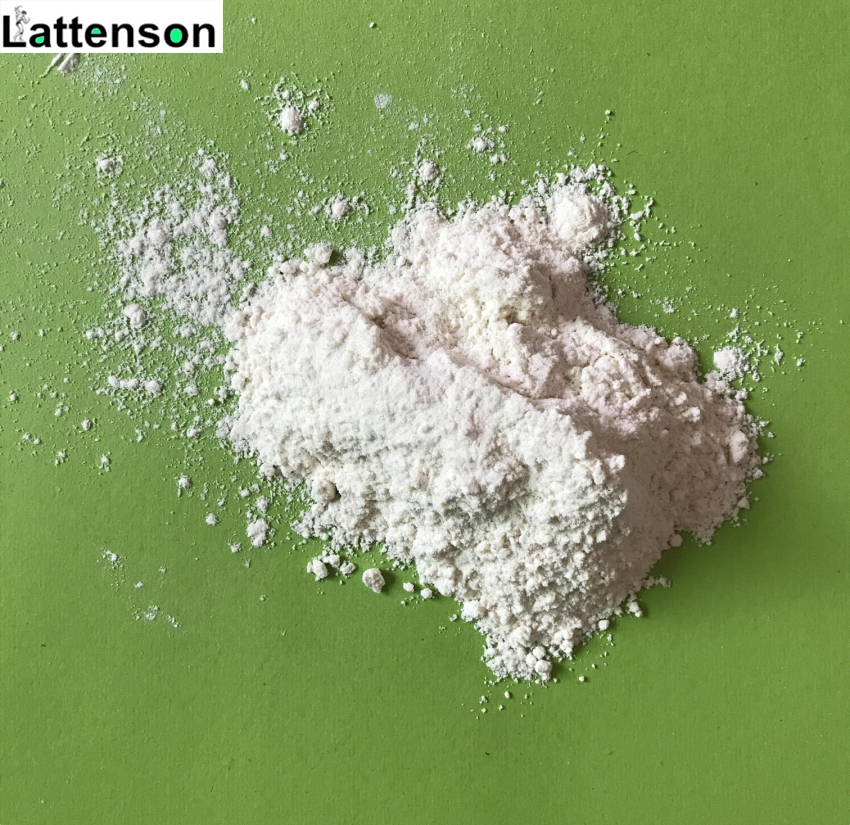
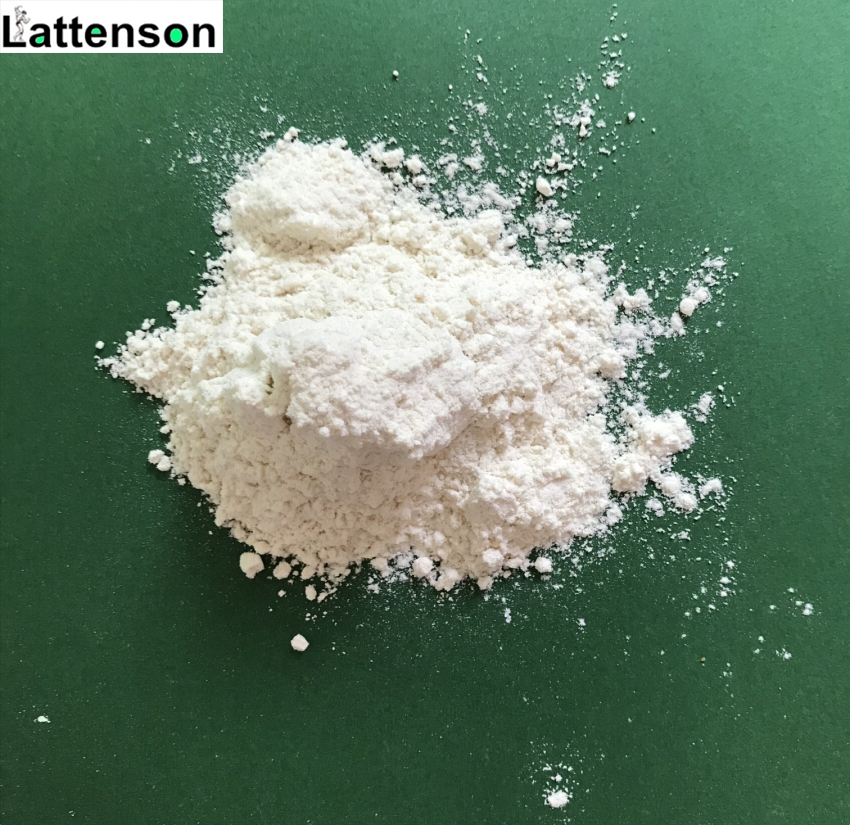
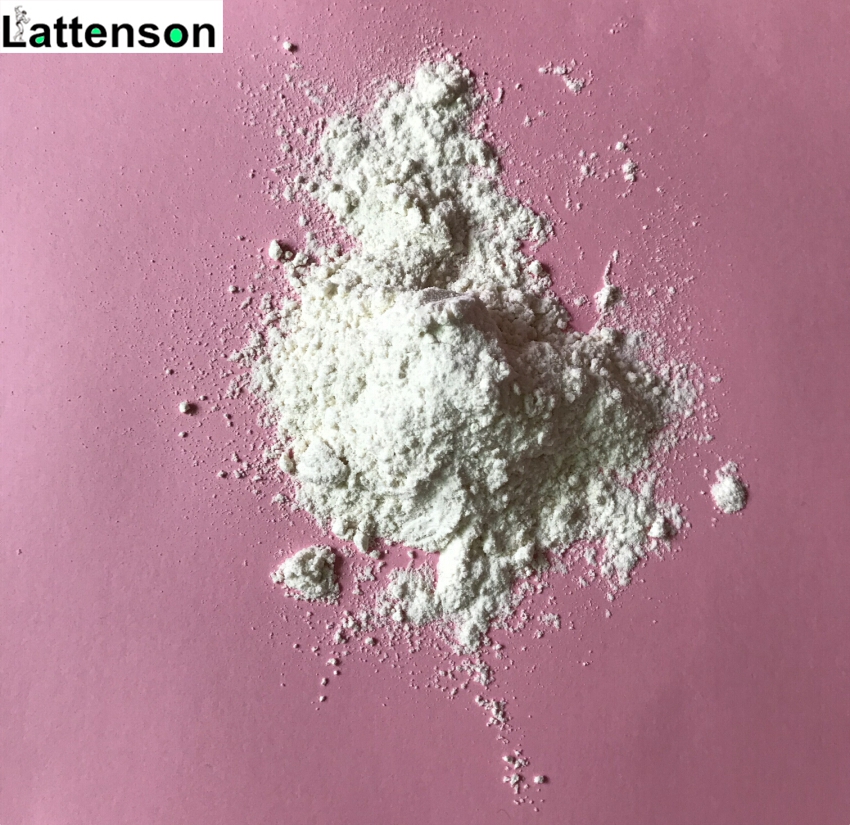
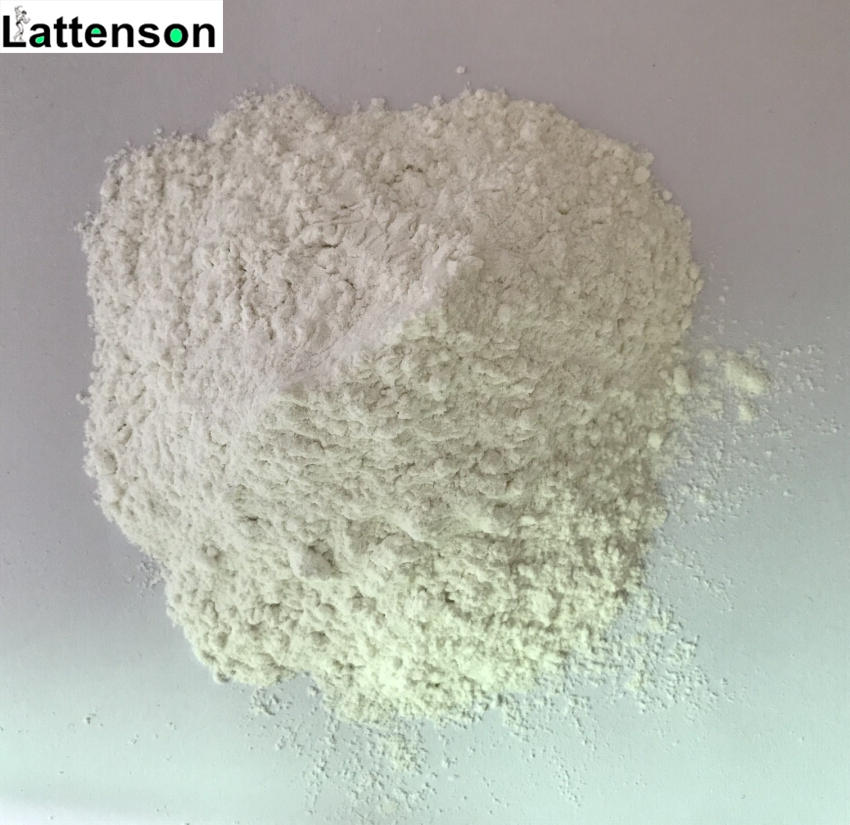
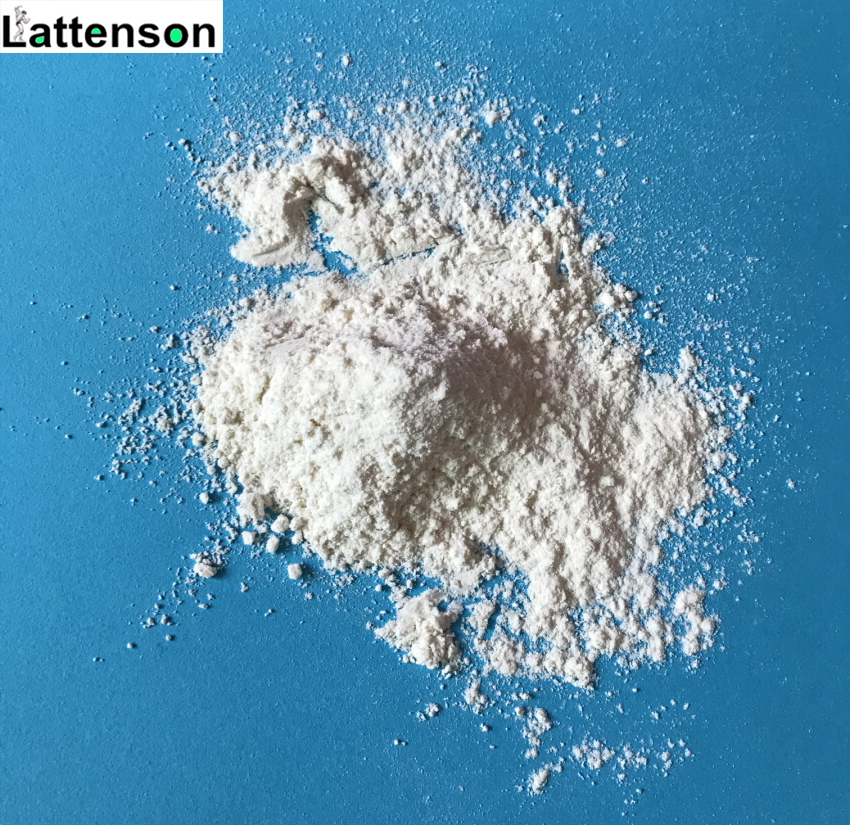



 Verkaufsleiter
Verkaufsleiter